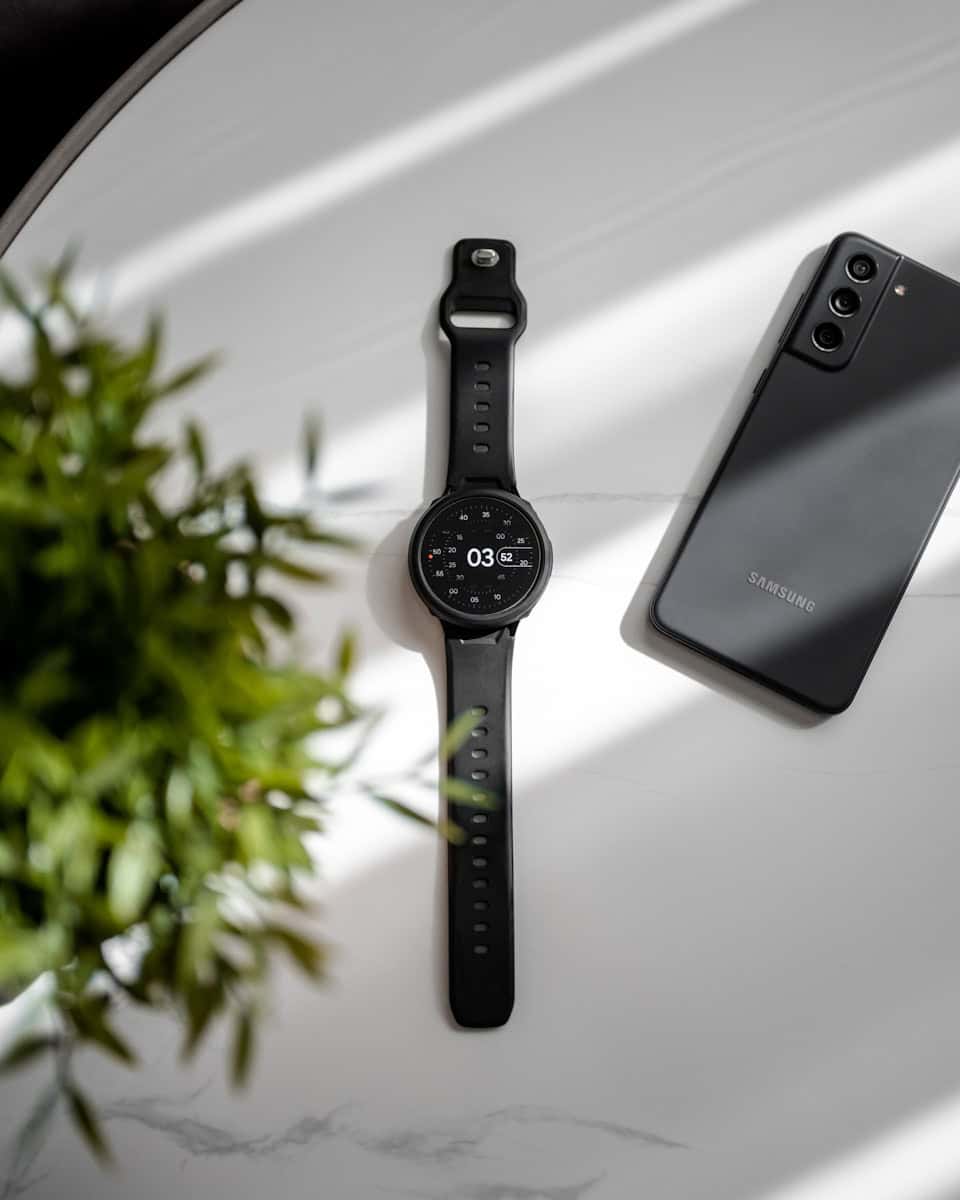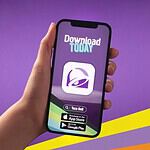The battle between Tizen and Wear OS is a significant one in the smartwatch market. Samsung developed Tizen, an open-source operating system. It powers a range of devices, including smartwatches, TVs, and home appliances. On the other side, Google’s Wear OS, formerly known as Android Wear, is a popular choice in smartwatches and integrates deeply with Android smartphones.
While Tizen has been a part of Samsung’s ecosystem since the first Galaxy Gear in 2013, Wear OS has undergone several updates since its inception in 2014. Each operating system offers unique strengths. For example, Google’s Wear OS excels in app availability and integration with the Android platform, while Tizen is known for its efficiency and smooth operation on Samsung devices.
As the technology evolves, so does the collaboration between these two platforms. Samsung and Google have announced a partnership that aims to merge the best of Tizen and Wear OS, creating a unified platform to enhance user experience across devices. This alliance is expected to benefit consumers by delivering a more robust, feature-rich smartwatch operating system.
Smartwatch Showdown: Tizen vs. Wear OS – A Comparative Look

Samsung’s Tizen and Google’s Wear OS are two major operating systems powering a variety of smartwatches. Each has its strengths and weaknesses, catering to different user preferences and needs. Let’s break down their key features and differences.
Interface and User Experience
| Feature | Tizen | Wear OS |
|---|---|---|
| Design | Circular interface, focused on bezel navigation | More customizable, varied watch faces and layouts |
| Navigation | Intuitive bezel control, smooth transitions | Swipe-based navigation, can be less fluid |
| App Launcher | Organized in a circular layout | Vertical list or grid view, depending on the skin |
Apps and Compatibility
| Feature | Tizen | Wear OS |
|---|---|---|
| App Selection | Smaller selection, but well-optimized for Tizen | Larger selection, but quality and optimization vary |
| Google Services | Limited integration with Google apps | Deep integration with Google Assistant, Maps, etc. |
| Third-Party Apps | Fewer options, but some exclusives | Wider variety, including popular apps like Spotify |
Fitness and Health Tracking
| Feature | Tizen | Wear OS |
|---|---|---|
| Activity Tracking | Robust tracking for various activities | Similar tracking capabilities, but interface can be cluttered |
| Health Monitoring | Comprehensive health metrics, including ECG and blood pressure (on select models) | Basic health tracking, with some advanced features depending on the watch |

Battery Life and Performance
| Feature | Tizen | Wear OS |
|---|---|---|
| Battery Life | Generally longer battery life due to optimization | Can vary widely depending on the watch and usage |
| Performance | Smooth and responsive on most Samsung watches | Performance can vary, some watches can be sluggish |
Choosing the Right OS for You
Both Tizen and Wear OS offer a rich smartwatch experience, but your choice ultimately depends on your priorities. If you value a streamlined interface, longer battery life, and Samsung’s health-tracking features, Tizen might be a good fit. However, if you prefer a wider app selection, seamless integration with Google services, and a more customizable experience, Wear OS might be the better option.
Key Takeaways
- Tizen, created by Samsung, operates on various devices, including smartwatches.
- Wear OS by Google is known for its Android integration and app ecosystem.
- The union of Tizen and Wear OS heralds improved features and efficiency.
Comparison of Tizen and Wear OS
Tizen and Wear OS are two prominent smartwatch operating systems that offer a range of features and capabilities. This comparison will touch on their ecosystem, user experience, and other vital facets important to consumers.
Software Ecosystem and App Support
Tizen OS, developed by Samsung, offers a variety of apps through the Galaxy Store. Users can find essential apps for daily use, but the selection is less than that of Wear OS. Wear OS, supported by Google’s Play Store, holds a larger app library. Developers tend to focus more on Wear OS due to its wider user base, which results in more apps and generally quicker software updates.
Hardware Integration and User Experience
Samsung devices utilizing Tizen are known for their rotating bezel which simplifies navigation. The hardware integration with the operating system tends to be seamless, leading to a smooth user experience. Conversely, Wear OS supports multiple hardware options from various brands like Fossil, Skagen, and Ticwatch, boasting diverse designs and interactive touchscreens.
Health and Fitness Functionalities
In the health and fitness category, both platforms offer comprehensive features. Tizen, paired with Samsung Health, provides extensive fitness tracking, sleep tracking, and even ECG monitoring on some devices. Wear OS integrates with Google Fit along with other third-party apps like Strava and Runkeeper, offering diverse options for fitness enthusiasts.
Compatibility and Connectivity
Tizen works best with Samsung phones, but it also supports connection to other Android devices and iOS, though with some limitations. Wear OS has wider compatibility and connects smoothly with Android smartphones, and provides basic functionality with iPhones.
Market Presence and Consumer Choice
Samsung smartwatches are the primary wearables operating on the Tizen platform. On the other hand, Wear OS is available on a wide range of devices from various manufacturers, giving consumers more options to choose from. This variety accelerates competition and innovation within the Wear OS ecosystem.
Communication and Notifications
Communication is key in smartwatches, and Tizen handles notifications effectively. Users can reply to messages using Bixby, Samsung’s digital assistant. Wear OS also manages notifications well and provides additional communication apps like Facebook Messenger and Telegram, and it supports Google Assistant for voice commands.
Pros and Cons
Tizen boasts long battery life and a user-friendly interface with efficient performance. However, its app support is not as wide-ranging as Wear OS. On the other hand, Wear OS provides more apps, better compatibility with Android and iOS devices, and the advantage of Google services like Google Maps and Google Pay. Yet, some users might find the battery life on Wear OS devices shorter when compared to Tizen-powered watches.







